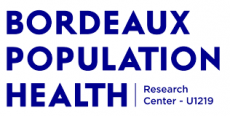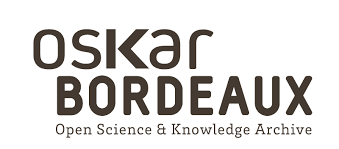Achieving consistency in measures of HIV-1 viral suppression across countries: derivation of an adjustment based on international antiretroviral treatment cohort data
Résumé
INTRODUCTION: The third of the Joint United Nations Programme on HIV/AIDS (UNAIDS) 90-90-90 targets is to achieve a 90% rate of viral suppression (HIV viral load <1000 HIV-1 RNA copies/ml) in patients on antiretroviral treatment (ART) by 2020. However, some countries use different thresholds when reporting viral suppression, and there is thus a need for an adjustment to standardize estimates to the <1000 threshold. We aim to propose such an adjustment, to support consistent monitoring of progress towards the "third 90" target.
METHODS: We considered three possible distributions for viral loads in ART patients: Weibull, Pareto and reverse Weibull (imposing an upper limit but no lower limit on the log scale). The models were fitted to data on viral load distributions in ART patients in the International epidemiology Databases to Evaluate AIDS (IeDEA) collaboration (representing seven global regions) and the ART Cohort Collaboration (representing Europe), using separate random effects models for adults and children. The models were validated using data from the World Health Organization (WHO) HIV drug resistance report and the Brazilian national ART programme.
RESULTS: Models were calibrated using 921,157 adult and 37,431 paediatric viral load measurements, over 2010-2019. The Pareto and reverse Weibull models provided the best fits to the data, but for all models, the "shape" parameters for the viral load distributions differed significantly between regions. The Weibull model performed best in the validation against the WHO drug resistance survey data, while the Pareto model produced uncertainty ranges that were too narrow, relative to the validation data. Based on these analyses, we recommend using the reverse Weibull model. For example, if a country reports an 80% rate of viral suppression at <200 copies/ml, this model estimates the proportion virally suppressed at <1000 copies/ml is 88.3% (0.80(0.56) ), with uncertainty range 85.5-90.6% (0.80(0.70) -0.80(0.44) ).
CONCLUSIONS: Estimates of viral suppression can change substantially depending on the threshold used in defining viral suppression. It is, therefore, important that viral suppression rates are standardized to the same threshold for the purpose of assessing progress towards UNAIDS targets. We have proposed a simple adjustment that allows this, and this has been incorporated into UNAIDS modelling software.
| Origine | Fichiers éditeurs autorisés sur une archive ouverte |
|---|



